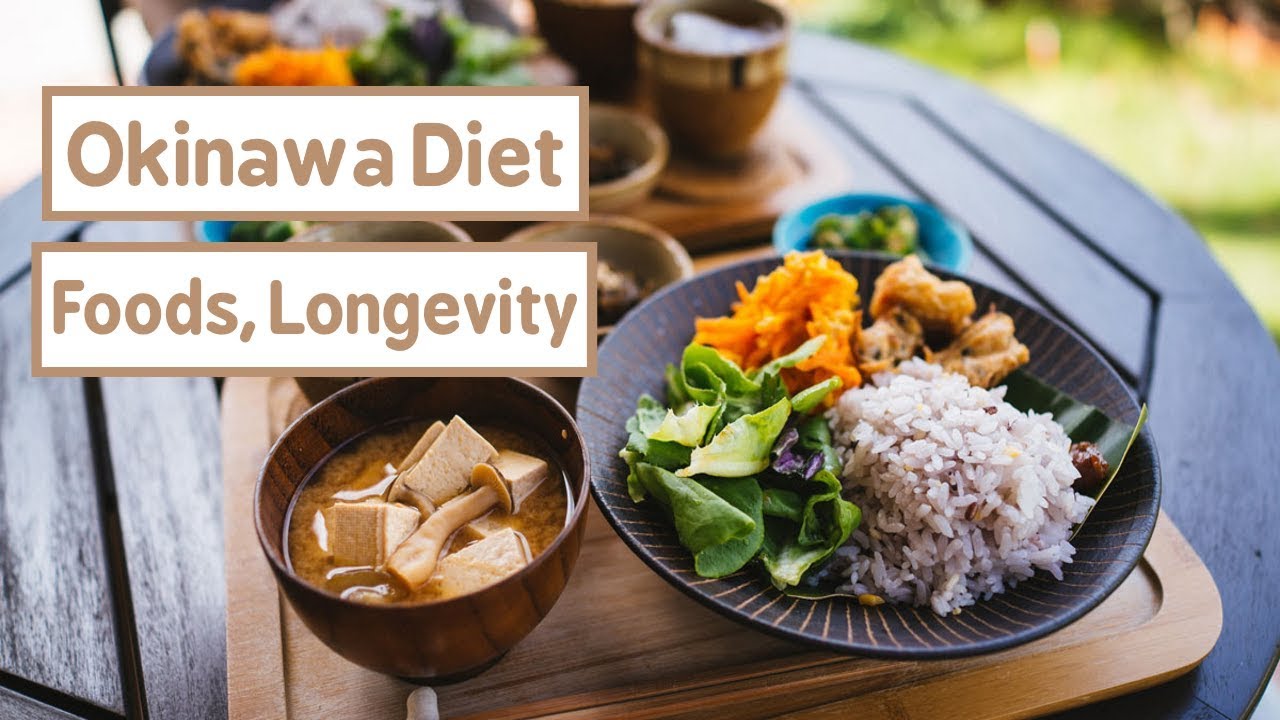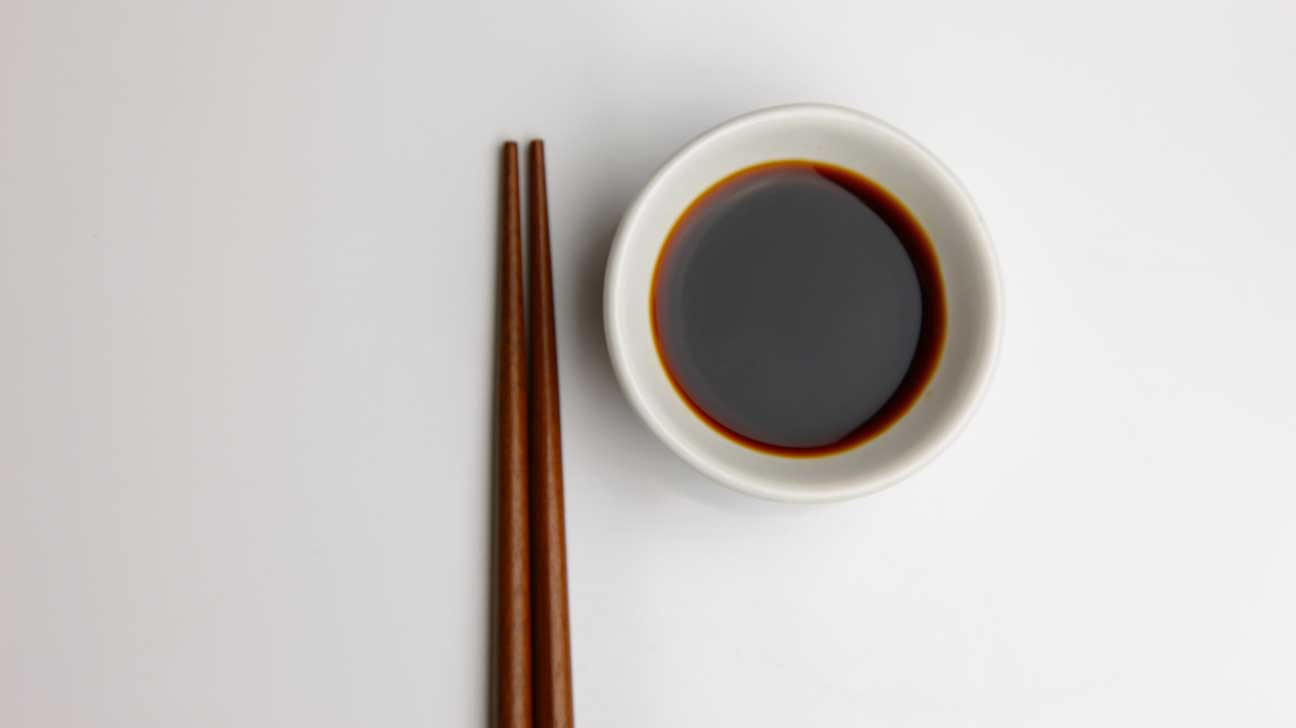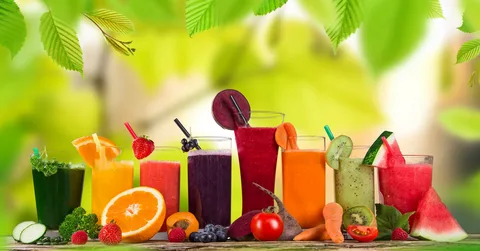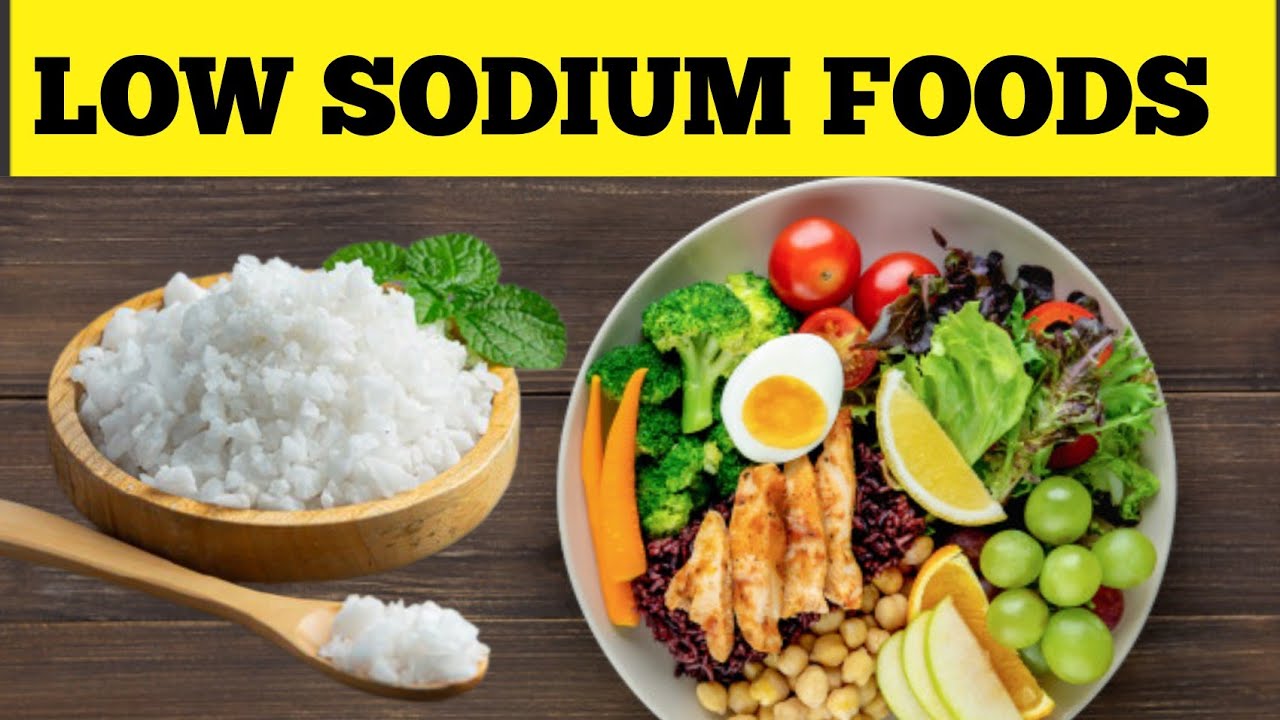Understanding the Okinawa Diet
What is the Okinawa Diet?
The Okinawa diet is a traditional dietary pattern based on the eating habits of the residents of Okinawa, an island prefecture of Japan known for its high number of centenarians and low rates of age-related diseases. The diet emphasizes whole, nutrient-rich foods, including vegetables, fruits, legumes, and seafood, while limiting consumption of processed foods, meats, and added sugars.
Key Principles of the Okinawa Diet
Plant-Based Foods
The Okinawa diet is primarily plant-based, with an emphasis on vegetables, fruits, legumes, and whole grains.
Moderate Protein Intake
Protein sources in the Okinawa diet include fish, tofu, legumes, and small amounts of lean meat, poultry, and eggs.
Healthy Fats
Unsaturated fats from sources such as fish, nuts, seeds, and vegetable oils are preferred over saturated fats and trans fats.
Limited Added Sugars
Sweeteners such as refined sugar are limited in the Okinawa diet, with natural sweeteners such as fruit and honey used sparingly.
Mindful Eating
The Okinawa diet emphasizes mindful eating practices, including eating slowly, savoring meals, and stopping when satisfied rather than overly full.
Foods Commonly Consumed on the Okinawa Diet
Vegetables
Vegetables are a cornerstone of the Okinawa diet and are consumed in abundance, both cooked and raw. Common vegetables include sweet potatoes, bitter melon, seaweed, spinach, and cabbage.
Fruits
Fruits are enjoyed as snacks or desserts in the Okinawa diet and provide natural sweetness and essential vitamins and minerals. Common fruits include citrus fruits, papaya, pineapple, and mango.
Legumes
Legumes such as soybeans, tofu, and edamame are staple protein sources in the Okinawa diet and are consumed in various forms, including tofu, tempeh, and miso soup.
Seafood
Seafood is a primary source of protein in the Okinawa diet, with an emphasis on fatty fish rich in omega-3 fatty acids such as salmon, mackerel, and sardines.
Whole Grains
Whole grains such as brown rice, barley, and millet are consumed in moderation and provide essential carbohydrates, fiber, and nutrients.
Green Tea
Green tea is a popular beverage in the Okinawa diet and is enjoyed for its antioxidant properties and potential health benefits.
Health Benefits of the Okinawa Diet
Longevity
The Okinawa diet has been associated with exceptional longevity, with Okinawans having some of the highest life expectancies in the world and a high proportion of centenarians.
Heart Health
The plant-based, low-fat nature of the Okinawa diet may contribute to improved heart health and reduced risk of heart disease, stroke, and other cardiovascular conditions.
Weight Management
The Okinawa diet’s emphasis on whole, nutrient-rich foods and portion control may support weight management and reduce the risk of obesity and associated health problems.
Reduced Inflammation
The anti-inflammatory properties of many foods in the Okinawa diet, including fruits, vegetables, and seafood, may help reduce inflammation and lower the risk of chronic diseases such as arthritis and diabetes.
Longevity Secrets of the Okinawa Diet
Hara Hachi Bu
The principle of hara hachi bu, meaning “eat until 80% full,” encourages mindful eating and portion control, preventing overeating and promoting a sense of satiety and satisfaction.
Active Lifestyle
Regular physical activity, such as gardening, walking, and tai chi, is an integral part of the Okinawan lifestyle and contributes to overall health and longevity.
Social Connections
Strong social connections and community support are essential aspects of the Okinawan lifestyle and may contribute to mental well-being and longevity.
Common FAQs About the Okinawa Diet
Is the Okinawa diet suitable for vegetarians or vegans?
Yes, the Okinawa diet can be adapted to vegetarian or vegan preferences by emphasizing plant-based foods such as vegetables, fruits, legumes, and whole grains.
Can I drink alcohol on the Okinawa diet?
Moderate alcohol consumption, particularly of red wine, is sometimes included in the Okinawa diet. However, excessive alcohol intake should be avoided due to potential health risks.
Is the Okinawa diet suitable for people with food allergies or intolerances?
The Okinawa diet can be adapted to accommodate food allergies or intolerances by selecting alternative ingredients or recipes that meet individual dietary needs.
Are supplements recommended on the Okinawa diet?
While the Okinawa diet emphasizes whole foods, some individuals may benefit from specific supplements such as vitamin D or omega-3 fatty acids, particularly if nutrient needs are not met through diet alone.
Is the Okinawa diet backed by scientific research?
While there is limited direct scientific research specifically on the Okinawa diet, studies have explored the health benefits of individual components of the diet, such as plant-based foods, seafood, and mindful eating practices.
Can I lose weight on the Okinawa diet?
The Okinawa diet’s emphasis on whole, nutrient-rich foods and portion control may support weight loss and weight management goals, particularly when combined with regular physical activity and mindful eating practices.
Are there any risks associated with the Okinawa diet?
The Okinawa diet is generally considered safe and nutritious for most people. However, individuals with specific health conditions or dietary restrictions should consult with a healthcare professional or registered dietitian before making significant dietary changes.
Conclusion
The Okinawa diet offers a balanced, plant-based approach to eating that emphasizes whole, nutrient-rich foods, portion control, and mindful eating practices. With its association with longevity, heart health, and overall well-being, the Okinawa diet provides valuable insights into healthy eating habits and lifestyle factors that may contribute to a long and healthy life. By incorporating the principles of the Okinawa diet, including plant-based foods, seafood, portion control, and mindful eating, you can support your health and vitality and enjoy the benefits of this traditional dietary pattern. As with any dietary approach, it’s essential to listen to your body, adapt the diet to your individual needs and preferences, and seek guidance from healthcare professionals as needed.
- Electric Play Fetish: Sparks Of Sensation And Desire - May 8, 2025
- Downturned Smile Treatment Near Nutfield, Surrey - May 7, 2025
- Lip Flip Treatment Near Stanwell, Surrey - May 6, 2025




